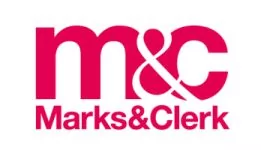- within Immigration topic(s)
London's Metropolitan Police Service has announced the roll-out of a new technology (developed in-house), which enhances the visibility of injuries, particularly bruising that has yet to surface, or which can be harder to see on darker skin tones. This technology will assist in compiling evidence for raising charges, and is expected to increase convictions in cases of violence, particularly against women and girls in the City.
This type of technology would clearly be applicable across other police forces, not just in the UK but further afield. It could also potentially have applications in the medical field, for example in locating time-critical injuries which are not yet visible.
The Met is a publicly-funded non-profit organization, and its budgets are widely known to be constrained, so opportunities to create new revenue streams would likely be welcome. The service already licenses use of its trade marks, and licensing of the "Project Archway" technology could potentially be lucrative.
I was not able to locate any trade mark filings for the Project Archway name, and the Mayor's Office for Policing and Crime (which owns the Met's intellectual property) also does not appear to hold any patent protection for this technology, which would be needed in order to then license it to others.
It may be the case that the base technology for Project Archway has been licensed in based on third party-owned patents, but in any event, it seems clear to me that the promise of this invention means there is money to be made.
Previously, officers often faced challenges in capturing visible evidence of bruising - particularly on darker skin tones or during early stages of injury. This could limit evidential strength at the charging stage. Now, with Project Archway, this critical gap is being closed
The content of this article is intended to provide a general guide to the subject matter. Specialist advice should be sought about your specific circumstances.


